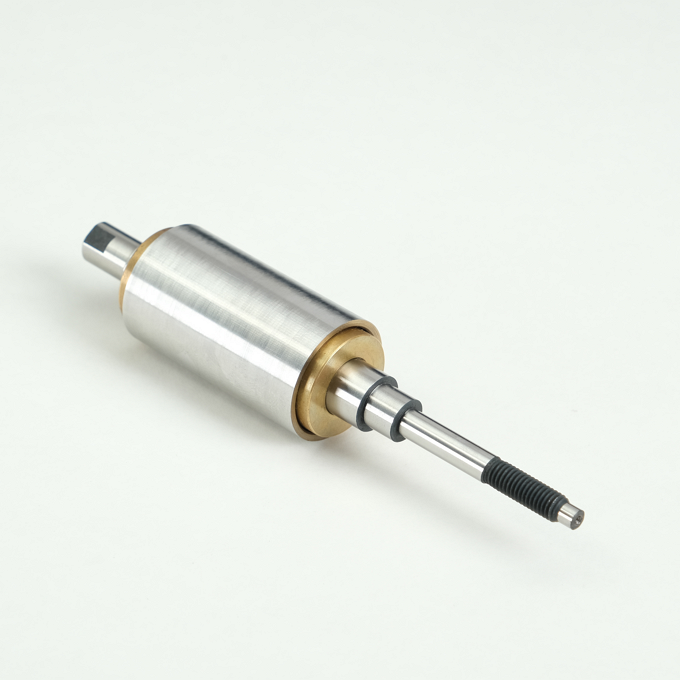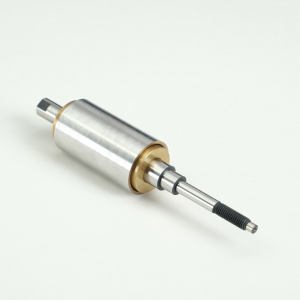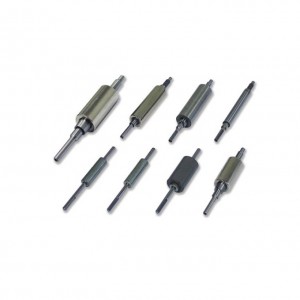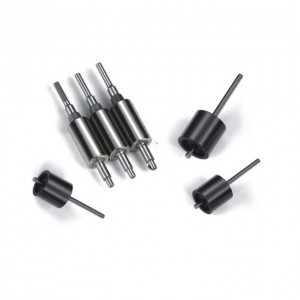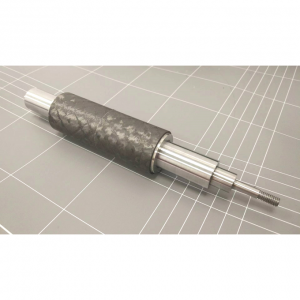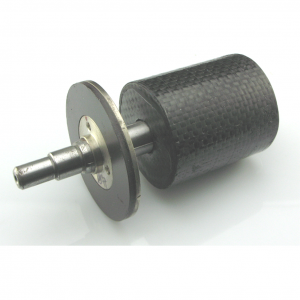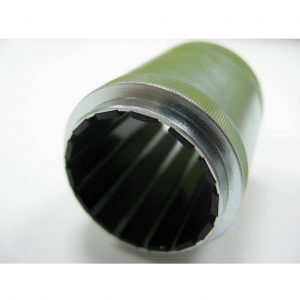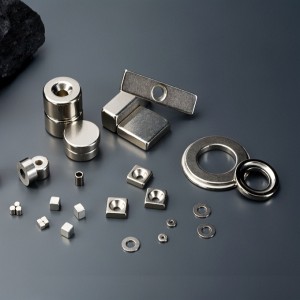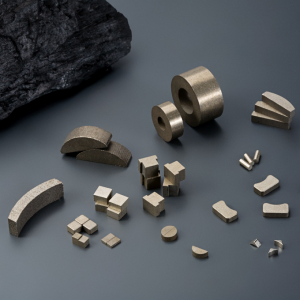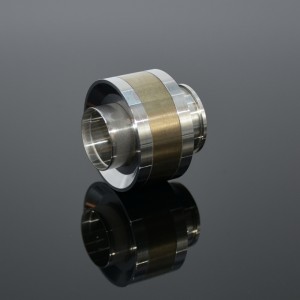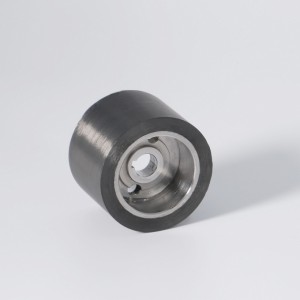Magnetic Rotor
Stator Assembly
The stator assembly consists of a casing and magnets, where the magnets are either bonded or mechanically attached to the casing.
Rotor Assembly
The rotor assembly is composed of shafts, magnets, balance blocks, and protective sleeves. The magnets are attached or mechanically secured to the shaft, with balancing blocks and protective sleeves added as needed.
Write your message here and send it to us

